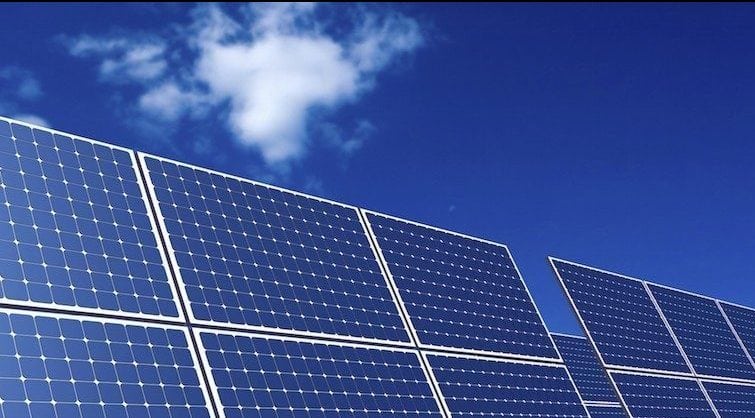This dampened load growth is, amongst other things, the result of societal and technological changes; including energy consuming appliances becoming more efficient and homeowners installing alternative energy sources such as solar panels, as homeowners generally look to save on their energy costs.
“With the introduction of batteries that can store electricity, such as Tesla’s, solar energy’s value proposition may well increase,” according to an article published in the Harvard Business Review.
Tesla’s recent unveiling of a new Solar Roof made it clear that rooftop solar energy is no longer just a thing of the future. CEO of SpaceX, Elon Musk unveiled the new solar panels in October, stating “the goal is to make solar roofs that look better than a normal roof, generate electricity, last longer, have better installation, and actually have a cost – an installed cost – that is less than a normal roof plus the cost of electricity. So then why would you buy anything else?”
“The costly and complex operations of transporting energy have made utilities natural monopolies, while regulatory barriers and the high fixed costs of building and maintaining regional electrical grid infrastructure have also kept much competition at bay,” according to HBR.
But vast advancements in technology over the past few years coupled with the recent hyper-awareness of the impact of carbon emissions on the environment and increasing pressure from customers are putting pressure on utilities to re-evaluate their business model, including putting more focus on customer engagement. The market has recent illustrations of the impacts of disruptors. Smartphones have made digital cameras obsolete, and Uber was able to disrupt a strongly entrenched taxi market. There are lessons to be learned, as the pressure for utilities to address new and evolving threats to their customer base continues to build.
According to Glen Thomas, former chairman of the Pennsylvania Utility Commission, “unless utilities figure out a way to install and rate base [solar panels and energy storage] – which they are actively working on…. the central station utility company business model is in trouble.”
As solar panels for rooftop solar energy, and more importantly the battery packs that will store the energy become easier to acquire and install, and if prices continue to decrease, energy utilities could see further erosion of their customer base to this advancing technology.
The Technology at Work
Musk showcased the new Powerwall 2, debuting at a cost of $5,500. It’s strong enough to power the sockets, refrigerator and lights for a four bedroom house for one day, or if used with solar panels, could power a house indefinitely.
In addition to the residential battery pack, Tesla created the PowerPack 2 for use in the utility sector. This new battery pack can store up to 10 kilowatts per hour, has a 50-kilowatt power output and can scale to unlimited size, making it a useful tool for progressive utilities that are interested in joining the renewable energy movement, such as Southern California Edison (SCE).
Southern California Edison is currently working with Tesla to install a PowerPack 2 battery unit capable of storing 80MWh of energy, making it the largest utility battery installation in the World. Musk predicts that more utilities will follow in SCE’s footsteps in the near future. He reinforces the sentiment that this new technology is not intended to replace the energy utilities, but rather, “it is important that people appreciate that the solution is both local power generation AND utility power generation – it’s not one or the other.” Musk goes on to say he expects the future electricity demand to be fulfilled by both local and utility sources, with about one-third of the energy coming from local generation and the remaining two-thirds from the utility sector.
Major changes to the utility business model will undoubtedly require large amounts of time, energy and capital. In the meantime, utilities can prepare for the future by increasing customer engagement with specific plans for:
- Improving and evolving product offerings
- Enhancing the value proposition of service
- Increasing customer satisfaction and loyalty
How can investor owned utilities remain competitive and address new and evolving threats to their customer base and their overall business model?
Read more about how you can stay ahead of the curve and the three kinds of partnerships that deliver in: “How IOUs can Thrive Through Change”, a whitepaper authored by Glen Thomas, former chairman of the PUC.

